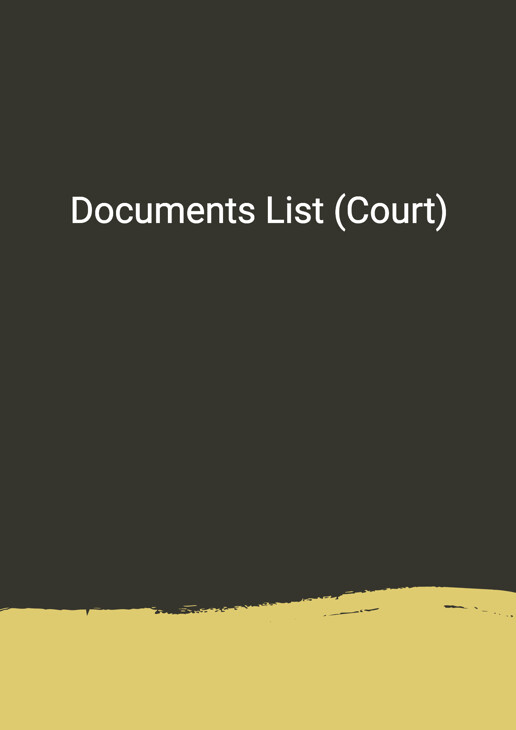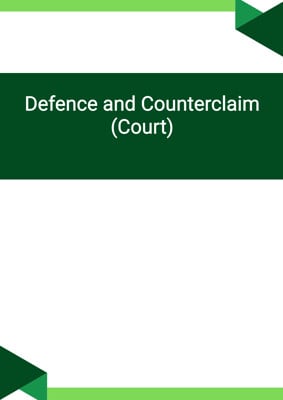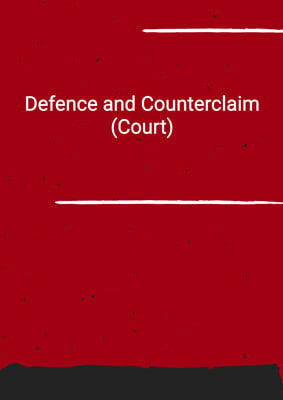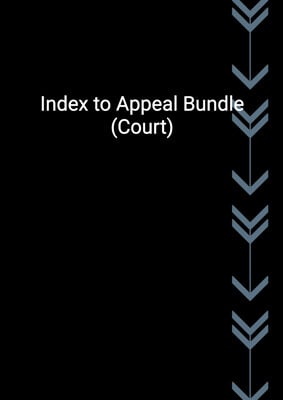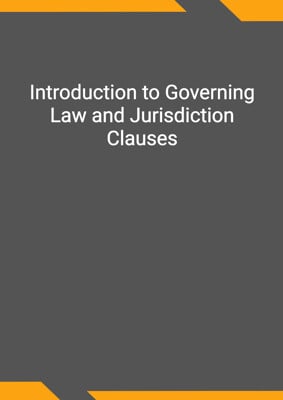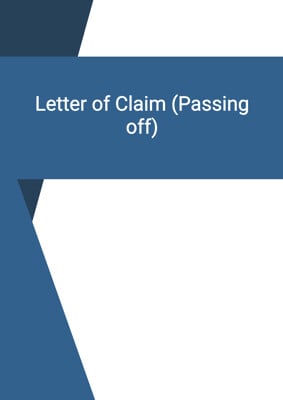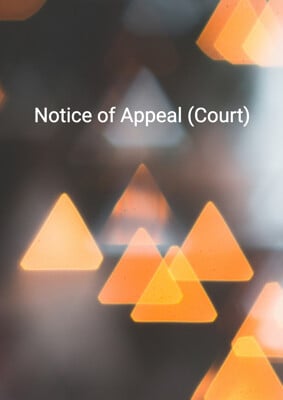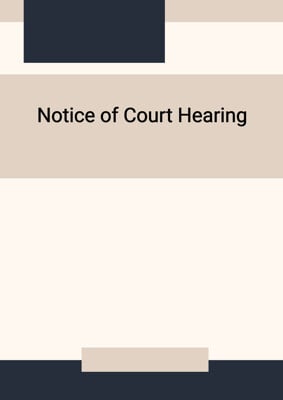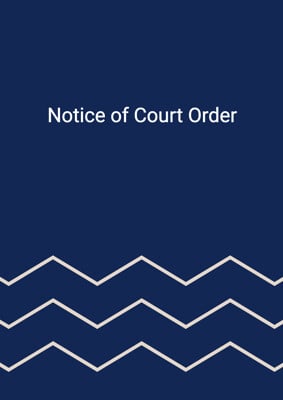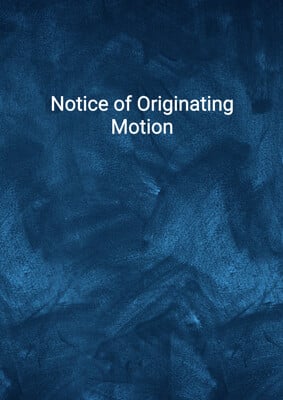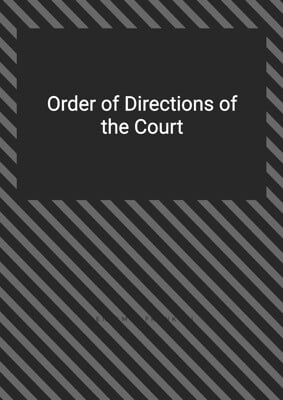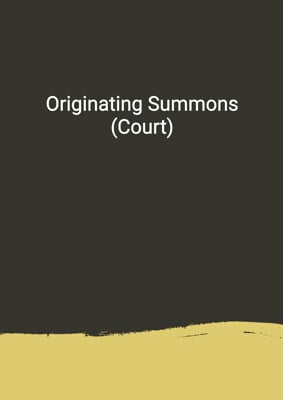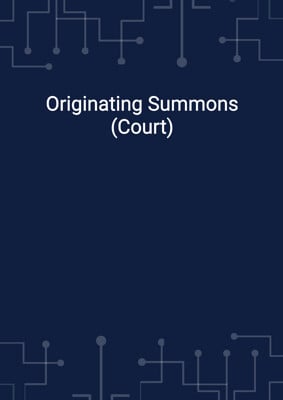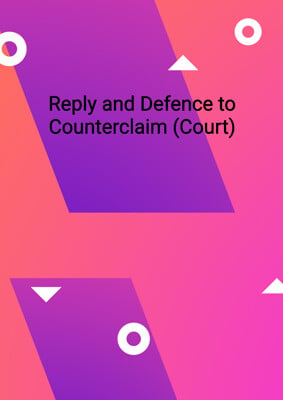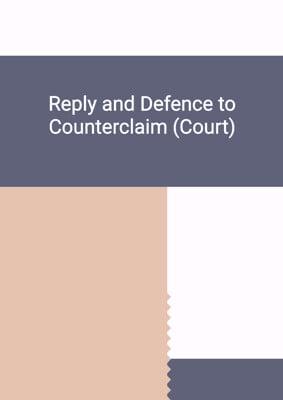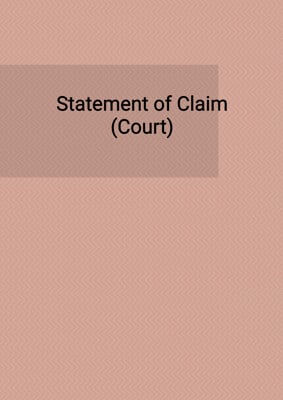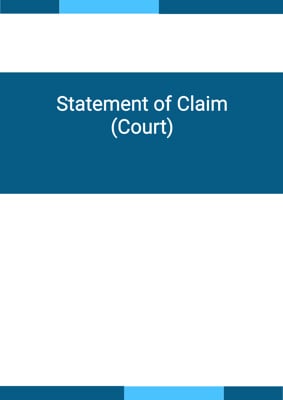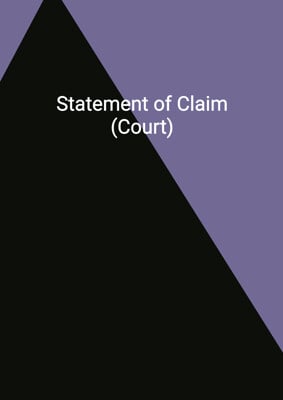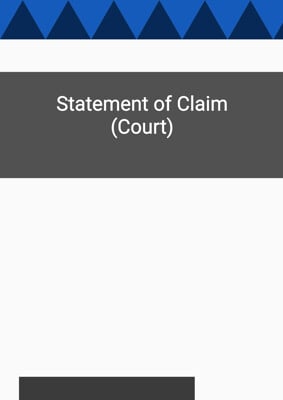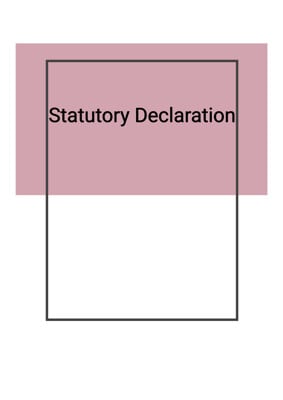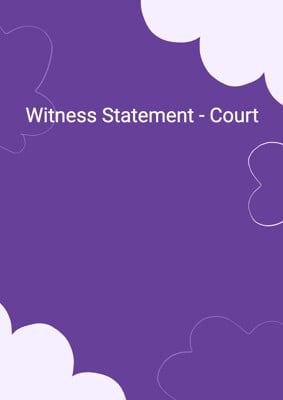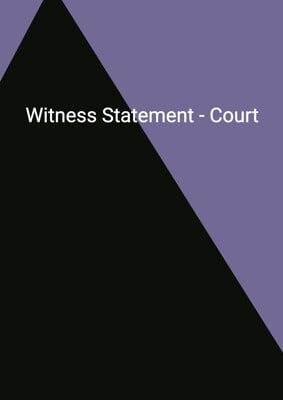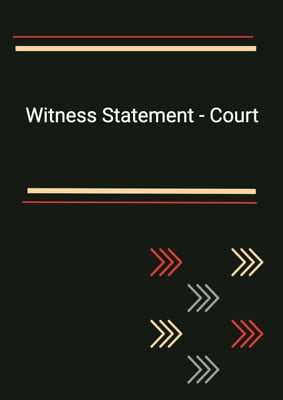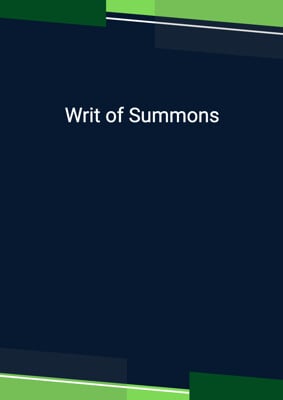How to Tailor the Document for Your Need?
01
Create Document
Click "Create Document" button and the document will be prepared with your account details automatically filled in.
02
Fill Information
Please fill in any additional information by following the step-by-step guide on the left hand side of the preview document and click the "Next" button.
03
Get Document
When you are done, click the "Get Document" button and you can download the document in Word or PDF format.
04
Review Document
Please review the document carefully and make any final modifications to ensure that the details are correct before publication / distribution.
Document Preview
Document Description
The document titled 'Documents List (Court)' is of great importance in legal proceedings. It serves as a comprehensive list of all the documents related to the matters in question in a particular court case. The document begins with the title 'Documents List (Court)' followed by the current year and the jurisdiction state of the court. It also includes the case number for easy reference.
The document is divided into several sections, each serving a specific purpose. The first section provides the names of the parties involved in the case, namely the plaintiff and the defendant. This section helps in identifying the parties and their roles in the proceedings.
The next section is the 'List of Documents' section, which is the main focus of this document. It lists all the documents that are or have been in the possession, custody, or power of the parties. The list is served in compliance with an order from the court. The section is further divided into sub-sections.
The first sub-section enumerates the documents that the party has in their possession, custody, or power and does not object to producing. Each document is assigned a number and is accompanied by a short description and the date of the document. This sub-section helps in identifying the documents that will be presented as evidence.
The second sub-section deals with the documents that the party objects to producing. These documents are listed with a brief description. The grounds for objection, such as legal professional privilege, are also mentioned. This sub-section highlights any potential issues regarding the production of certain documents.
The third sub-section lists the documents that the party had in their possession, custody, or power but no longer have at the time of serving the document. The date when the party last had possession of each document is mentioned, along with an explanation of what has become of the documents and who currently possesses them. This sub-section provides transparency regarding the whereabouts of the documents.
The final sub-section states that neither the party nor anyone on their behalf has any other documents relating to the matters in question in the case, apart from the ones listed in the previous sub-sections. This ensures that all relevant documents are disclosed.
The document also includes a 'Notice to Inspect' section, which informs the other party that the listed documents, except for the ones objected to or no longer in possession, can be inspected at a specific address on a particular day and during specified hours. This section facilitates the process of reviewing the documents.
The document concludes with a section that includes the current date, the filing date, and the details of the party serving the document. If the party is the plaintiff, their name and address for service are provided. If the party is the defendant, the name and address of their solicitors are mentioned. This section ensures that the document is properly filed and served.
In summary, the 'Documents List (Court)' document is a crucial component of legal proceedings. It provides a detailed inventory of all the relevant documents, helps in identifying the parties involved, and ensures transparency in the disclosure of documents.
How to use this document?
To effectively use the 'Documents List (Court)' document, follow these steps:
1. Review the document: Familiarize yourself with the document and its sections. Understand the purpose and importance of each section.
2. Identify the parties: Note the names of the plaintiff and the defendant mentioned in the document. This will help in understanding their roles in the case.
3. List of Documents: Pay close attention to the 'List of Documents' section. It contains valuable information about the documents related to the case.
4. Sub-section 1: Examine the documents listed in this sub-section. These are the documents that the party has and does not object to producing. Take note of the document numbers, descriptions, and dates.
5. Sub-section 2: Take note of the documents listed in this sub-section that the party objects to producing. Understand the grounds for objection mentioned, such as legal professional privilege.
6. Sub-section 3: Read the details of the documents that the party had but no longer possesses. Note the dates when the party last had possession and the explanation of what has become of the documents.
7. Notice to Inspect: If you need to inspect the listed documents, make a note of the address, day, and hours mentioned in this section. Plan your visit accordingly.
8. Filing and Serving: If you are the party serving the document, ensure that the current date, filing date, and your details are accurately filled in. If you are the plaintiff, provide your name and address for service. If you are the defendant, provide the name and address of your solicitors.
By following these steps, you can effectively utilize the 'Documents List (Court)' document in your legal proceedings.
Not the right document?
Don’t worry, we have thousands of documents for you to choose from:
